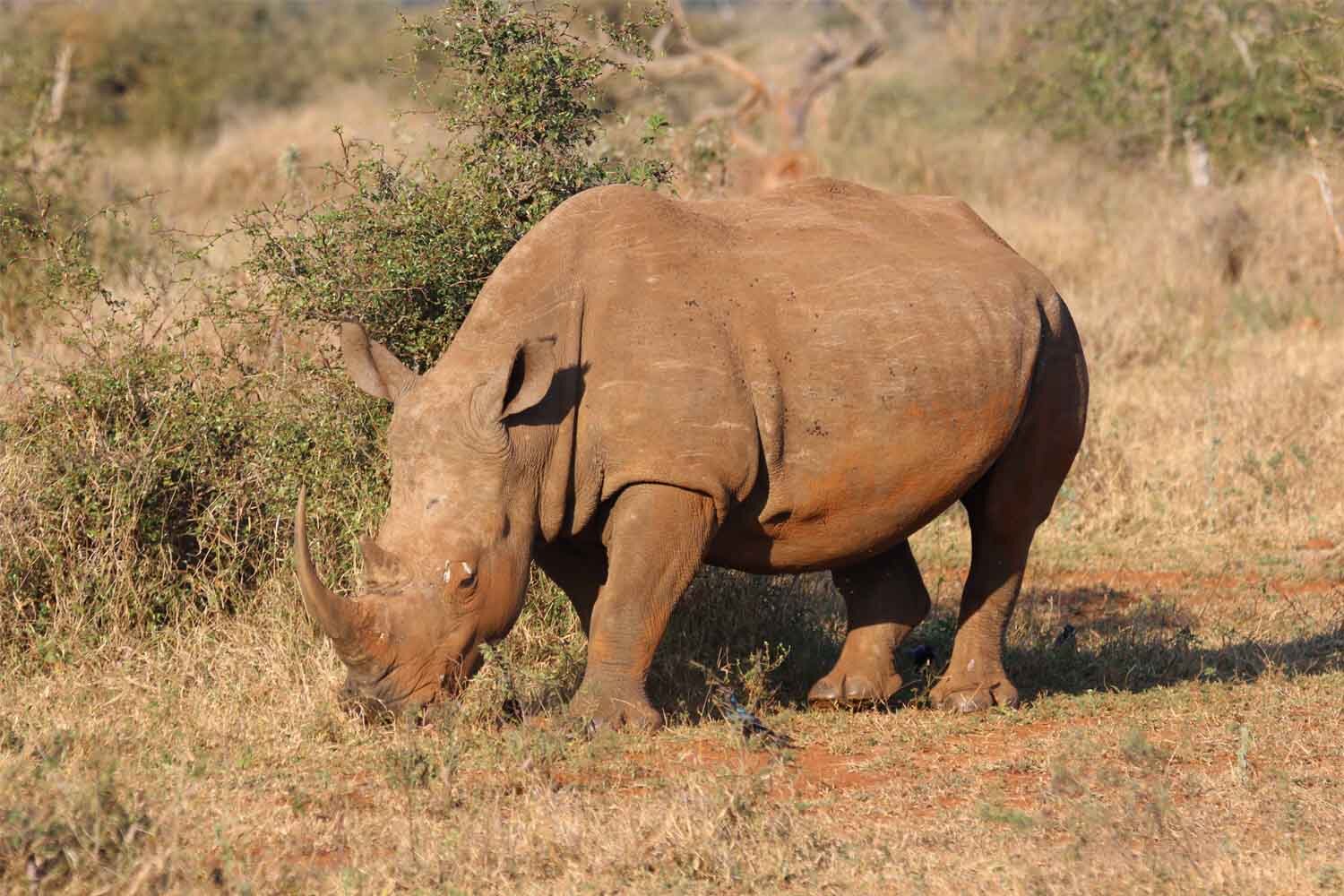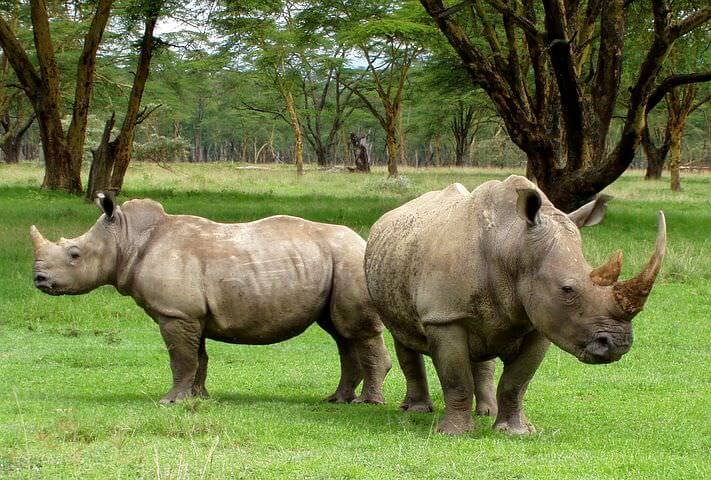
Our Mission
To devalue rhino horn to the extent that, once treated, they are valueless. This takes away the financial incentive to steal the horns since there is no reward for the poachers.
We plan to add new technology to massively increase the risk of detection so poaching becomes high risk, low reward – the very opposite of what motivates them to poach.

How are we different from other “Rhino Saving” Campaigns?
Unlike most other campaigns, we plan to administer a proactive defence for the rhinos rather than a reactive one because otherwise it will be too late.
Many different approaches have been proposed to combat this issue, from dehorning, legalising the trade, permanent armed guards and a myriad of other efforts. However, no one has taken an holistic approach that eliminates the primary motives of the poachers and the customers.
Our procedure infuses a toxic substance into the horn that prevents human consumption and a forensic DNA marker that provides irrefutable evidence that the horn has been poached.
For the first time poachers will be prosecuted and customers will not want to purchase.

